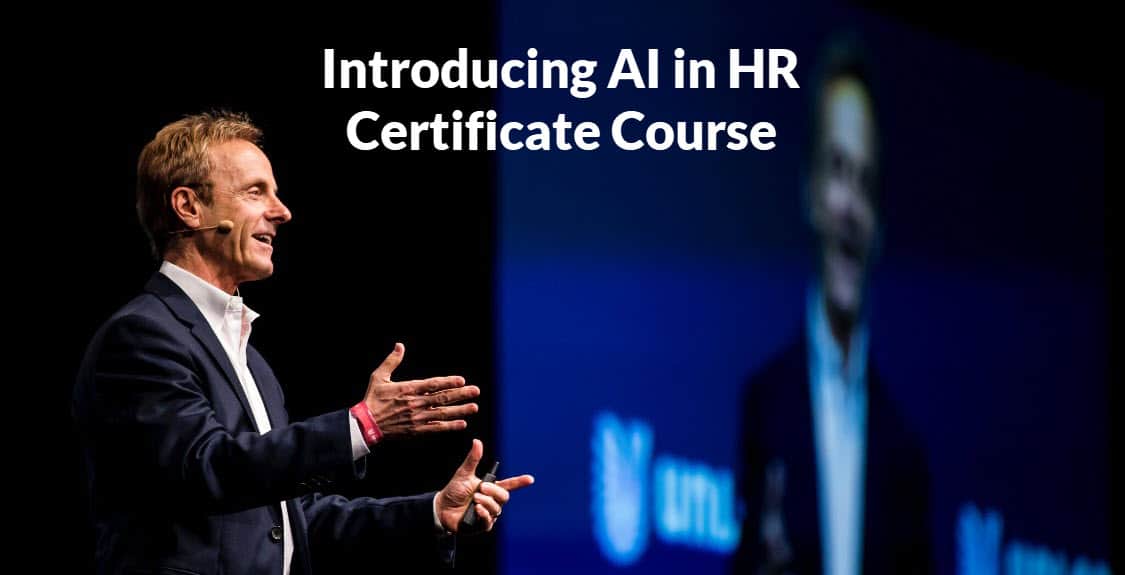HR leaders have historically been viewed as an organization’s people experts, often siloed in a functional role that sits apart from core business drivers. Now, an array of market factors is elevating the value of HR, as talent shortages are increasingly challenging operational continuity.
Across industries undergoing rapid transformation—energy, manufacturing, healthcare, finance and technology alike—HR leaders are taking a seat at the strategy table not just as people experts, but as business partners who understand the financial pulse of the enterprise. When HR integrates financial fluency into its decision-making, workforce strategy becomes a measurable business asset that influences profitability, efficiency and long-term growth.
Over nearly two decades supporting both offshore and onshore operations in the energy sector, I’ve practiced an approach that combines HR insight with financial discipline. In my experience, this dual-lens approach is fundamental to building stronger partnerships between HR and the business. Whether it’s optimizing headcount forecasts, aligning workforce investments with budgets or strengthening talent pipelines, this integrated mindset ensures every HR initiative connects directly to business outcomes, improves operational efficiencies and builds competitive advantage.
See also: Employees dipping into their 401(k)s? Baked goods maker offers an alternative
Strategic workforce planning: Making talent decisions that add up
As an HR team leader, I instill the principle that strategic workforce planning goes far beyond filling roles. Aligning workforce capabilities with future business needs requires a structured, multi-pronged, data-driven process that begins with analysis and forecasting, proceeds through design and implementation, and extends through tracking and evaluation. It must be a continuous cycle that drives immediate performance improvements, anticipates job mobility and nurtures future leadership. Through a financial lens, this means precision in budgeting, talent forecasting and measuring return on workforce investment to meet organizational goals.
In capital-intensive industries like energy, accurate workforce planning reduces costs and improves project readiness. On a large-scale East African energy project, for example, applying SWP principles helped localize talent and cut mobilization expenses. By identifying skill gaps early and investing in targeted technical and health, safety and environmental training, the company decreased dependence on expensive ex-patriate workers while ensuring access to a skilled and available talent pool. This approach enabled us to accelerate project execution and delivery, build community goodwill through partnerships with local institutions and grow sustainability for our regional long-term workforce.
AI-powered predictive tools—including machine learning models and trend analysis—can greatly improve the accuracy of workforce forecasts, allowing organizations to anticipate shifts and adapt their plans in advance. Consistently tracking KPIs such as time-to-hire, retention and training effectiveness ensures HR decisions are grounded in data and focused on continuous optimization.
For HR leaders across all industries, the lesson is universal: Use analytics to predict future skills, assess financial impacts and adjust strategies proactively. HR leaders should routinely evaluate workforce capabilities against evolving business goals to pinpoint skill shortages and emerging needs. Regular workforce gap analyses—supported by AI-driven forecasting—help ensure organizations remain agile, cost-effective and ready for what’s next.
Strategic talent management: Linking people investments to business performance
Effective and strategic talent management synchronizes hiring, development and retention with measurable business priorities. When approached through both HR and finance lenses, it becomes a core driver of growth.
For example, in one offshore energy operation, combining structured workforce planning with data-informed, targeted retention programs reduced vacancy rates by 25%. This was achieved first by proactively investing in training and development to upskill talent pipelines, preparing internal talent to be ready to step into critical roles. Simultaneously, we deployed targeted recruitment strategies to streamline hiring processes, which minimized the duration of vacancies. Together, this agile approach enabled us to fill key roles faster, reduce downtime and maintain continuity in complex operations running on fixed project timelines.
For HR executives, these outcomes underscore the importance of quantifying the ROI of human capital investments—factoring the cost of hiring and development against productivity and profitability gains. Integrating retention and performance data into financial dashboards can clearly show leadership how talent investments strengthen the bottom line.
Training for the future: Building financially smart learning programs
Employee engagement and retention are also enhanced by well-defined, transparent career paths and organizational support for upward job mobility. As industries accelerate digital transformation, continuous learning is no longer optional—it must be embedded in the culture. HR teams must strive to cultivate a workforce that’s adaptable, innovative and future-ready. For finance leaders, ensuring that those training programs deliver measurable returns is a strategic necessity.
A dual-lens framework allows both perspectives to converge. HR ensures learning initiatives foster engagement, leadership readiness, skills building and cultural alignment, while finance tracks metrics like cost-per-learner, productivity gains and turnover reduction. A holistic understanding of how these work together enables HR teams to prioritize programs with the greatest operational and financial impact.
In my own experience, regularly updating technical and leadership training to align with evolving business needs has reduced time-to-competence and turnover. AI-powered learning tools now make it possible to personalize development paths, track progress and quantify value—all while strengthening the connection between people growth and business performance. Furthermore, monitoring key indicators such as internal mobility, speed of onboarding and improvements in job performance enables HR leaders to evaluate training program effectiveness and use data to adjust programs as needed to produce better outcomes.
Employee engagement: Turning sentiment into strategy
In an era where staffing shortages are impacting diverse sectors across all job levels, employee engagement has evolved from a soft metric to a strategic lever with measurable financial implications. Especially in high-demand or remote environments, engaged employees who feel a sense of trust, purpose and belonging are shown to deliver better safety, performance and retention outcomes.
While ensuring that employees feel strongly connected to their company, HR professionals can elevate engagement by linking it to tangible KPIs such as absenteeism, retention and project efficiency. Embedding these indicators into executive dashboards and performance reviews allows leadership to see engagement as a key performance driver, instead of just a feel-good initiative.
Metrics further support resource allocation and can make a compelling case for the value of engagement programs. When HR demonstrates how engagement improves business continuity and reduces turnover costs in a tangible, data-driven way, it secures the credibility and investment needed to sustain long-term culture-building initiatives.
Overcoming the barriers to HR-finance integration
In my experience, two recurring challenges often slow HR’s progress toward financial integration: resistance to digital adoption and difficulty quantifying the ROI of HR programs. Overcoming both requires clarity, collaboration and data-driven proof.
To work toward a dual-lens approach, I advise HR leaders to start by piloting AI-based analytics or digital feedback systems to showcase their efficiency gains. Quantify early wins, clearly communicate benefits in financial terms, involve stakeholders collaboratively and build an evidence-based case for scaling up. Likewise, embed ROI metrics in every HR initiative from the outset, tracking both cost savings and performance improvements. By aligning HR projects with financial outcomes and the company’s strategic, long-term goals, leaders can secure executive buy-in, mitigate cost overruns and demonstrate HR’s value as a strategic contributor to organizational objectives.
Valuing HR as a true business partner
As industries navigate automation, decarbonization and shifting workforce expectations, HR’s role is undergoing a dynamic shift from operational support to strategic leadership. In this environment, embracing financial literacy must be part of HR’s—and therefore any HR leader’s—core competency. For HR to strengthen its credibility, influence, and long-term impact, HR professionals must be capable of leading industry transformation and building a resilient, responsive and ready workforce with an effective leadership pipeline.
This strategic, dual-lens approach—merging human insight with financial acumen—empowers HR to drive data-informed decisions, create sustainable value and help shape the organizations of the future.




















